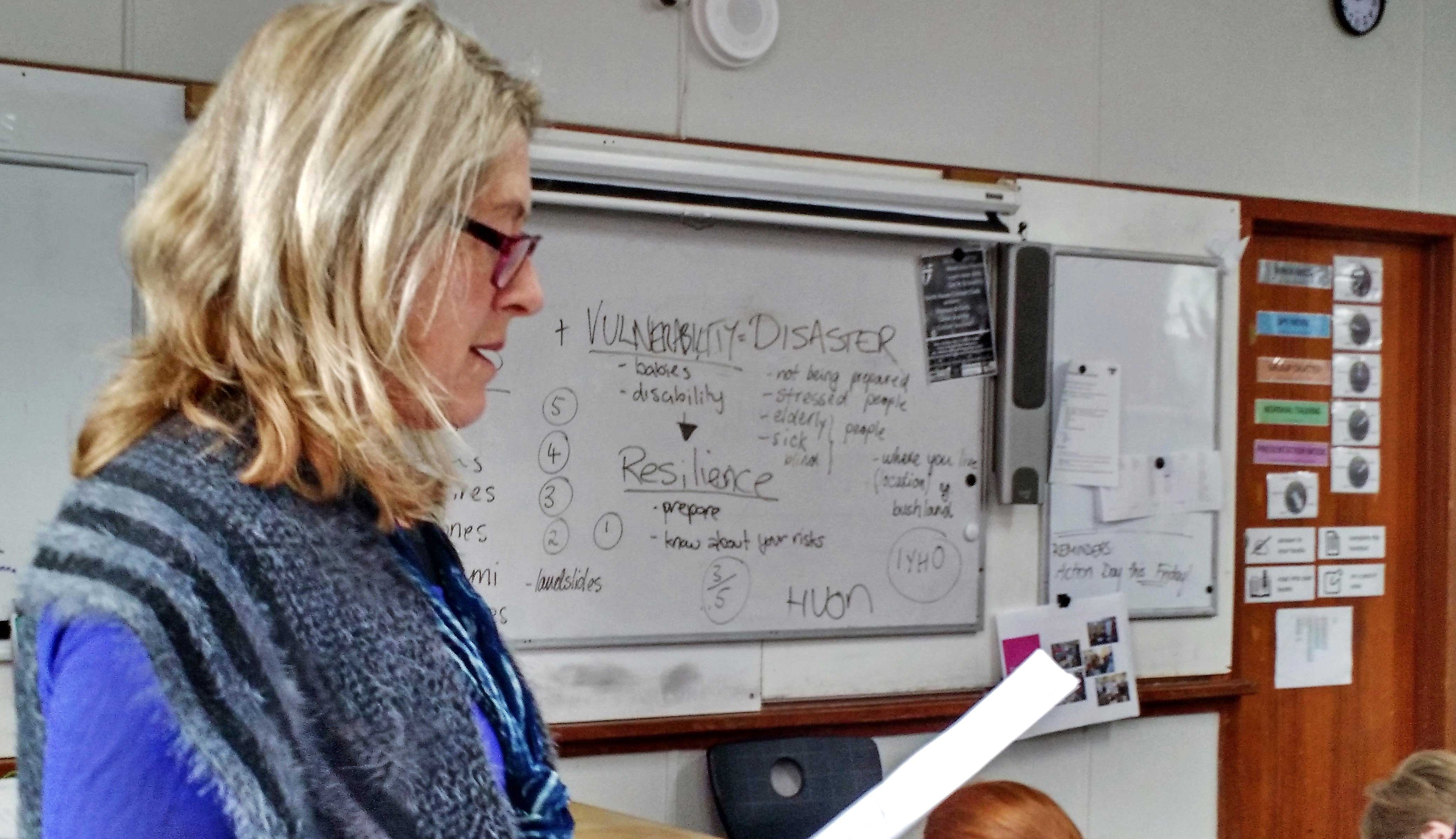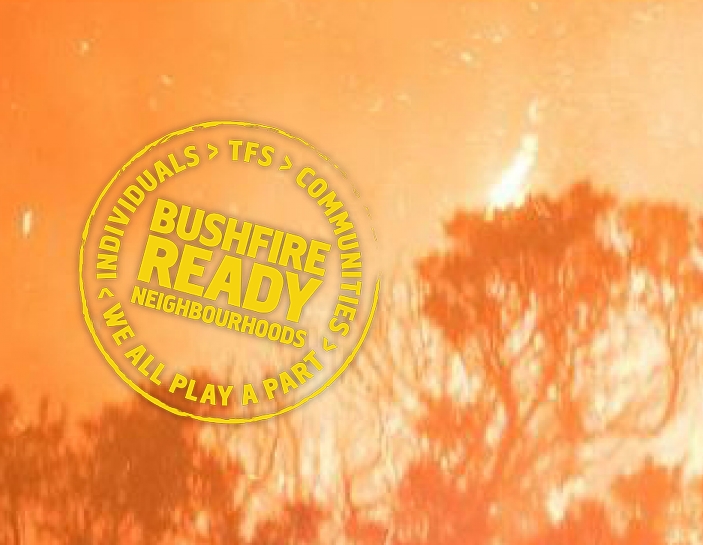Bushfires-Flood-Storm: Students actively participate in disaster resilience

Bushfires-Flood-Storm: Students actively participate in disaster resilience
Natural hazards, such as storms, floods, and bushfires, are common in Tasmania and can result in widespread damage and disruption. Resilient communities understand their risk and are well prepared to reduce the impact of these local hazards. The term ‘natural disaster’ suggests that disasters are inevitable and that there is little that can be done to reduce their impact.
Disaster resilience education supports learning about how disasters can be prevented. Disaster resilient communities not only understand their local hazards, but they take action to reduce the impact of these hazards. They follow safety advice and warnings and respond safely during an emergency.
A new Tasmania disaster resilience education resource will enable children and young people to actively participate in the disaster resilience of their households, schools and communities.
Collaborations with the TFS Community Development and Education unit and the Bushfire Risk unit, the State Emergency Service, Tasmania Department of Education staff, the Department of Premier and Cabinet, municipal emergency management staff, researchers on child-centred risk reduction, teachers, students and parents were critical to the development and testing of the new Disaster Resilience Education Tasmania (DRET) resource which will be available at www.disasterresiliencetas.com.au
Children and young people are frequently overlooked when it comes to disaster resilience, but research shows that if they are provided with the necessary guidance and support, they can increase their own safety and the safety of others.
Tasmania’s new disaster education resource, DRET, aims to teach children and young people the fundamentals of disaster resilience and encourage their participation in the development of safer communities in Tasmania.
DRET is a web-based teacher delivery package and has been designed so that educators have all the information, resources, activities and assessment in one place.
It therefore enables teachers to deliver the DRET unit confidently for the best possible learning experience for their students.
The five lessons of the DRET unit link to a number of Australian Curriculum subjects for students in grades five to eight. In the five lessons, students and educators explore local natural hazards and the occurrence of disasters in Tasmania. The five lessons are:
- What is disaster resilience?
- Our local hazards,
- Disaster risk and vulnerability,
- Becoming disaster resilient, and
- Taking action.
Students who complete the DRET will understand what being disaster resilient means for individuals and communities, they will be able to identify local natural hazards and they will begin to understand key concepts of prevention, preparedness, response and recovery.
DRET helps them understand how mitigation, planning and emergency drills can help them be safer in a disaster emergency, and they learn where to find Tasmanian emergency information to help them respond safely to floods, storms and bushfires impacting their local community.
The DRET teacher delivery resource, www.disasterresiliencetas.com.au, will be launched in October 2019 on the International Day of Disaster Reduction. We expect educators will begin delivering the disaster resilience education lessons from term one in 2020.
TFS acknowledges Victoria CFA and SES as the original developers of the disaster resilience education resource from which DRET has been adapted.
For more information on the Victorian Curriculum Natural Hazard Resilience Package head to disasterresilience.com.au/
Lesley King, Project Officer, Disaster Resilient Schools


